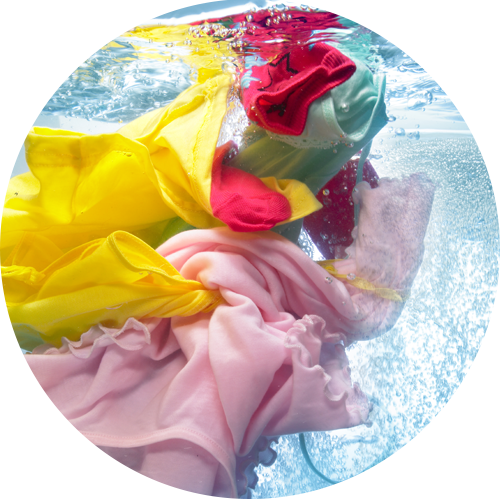Heat, exercise and even stress can cause feet to sweat. The soles alone contain more than 250,000 sweat glands, more than any other part of the body, including the forehead, the palms or even the underarms.
This process, which is normal and useful not only to regulate body temperature but also to eliminate excess substances, can become a smelly problem if the sweat does not evaporate and is trapped, for example, between the socks and shoes, particularly athletic footwear. The outlook worsens when socks and shoes are stored without being aired out first, since darkness favors growth of odor-causing bacteria.
Although this phenomenon may occur at any age, it is more common during periods of hormonal changes, such as puberty, pregnancy and even during menopause. It can also be explained by an infection, endocrinological changes, environmental factors and the type of footwear, with plastic being a bad odor’s closest ally.
All these issues have a medical as well as a technological solution, thanks to the fairly recent development of Driscent. This product features “microcapsules that break when they come in contact with water and release the active ingredient, which in this case is the fragrance,” explains Fernanda Amiama, Head of Chromatography and Research at CRAMER. As a result of this technology, the consumer has a more pleasant experience when using the product. In the case of foot odor, when perspiration comes into contact with the active ingredient (the fragrance), it leaves a rich sensation of freshness.
This last feature is what differentiates microencapsulated from aerosol or liquid products, where the aroma disappears as soon as the product is opened.
This technological innovation—the microencapsulation principle—can be used in multiple other applications besides foot powder, such as powdered detergents and pet litter. The actual aroma changes based on the product’s purpose. For foot powder, fresh or floral scents are ideal.






